This is really the first time I’ve used Tinderbox as an organizational tool, although I have created projects after-the-fact, such as putting the 100 Hypertexts from last year’s project into a file and used Tinderbox to write the hypertext stories themselves. The map:
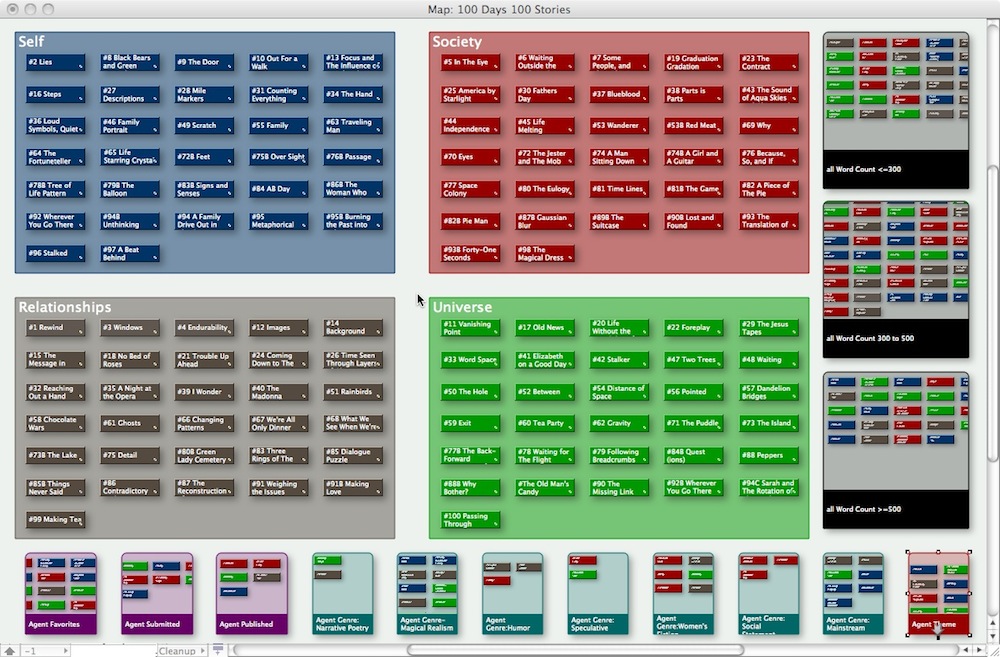
I’ve posted previously on this project but at this point, it has all the stories completed–126 of them (additional stories for another summer challenge above the 100 Days). The major visual sorting of the stories was for theme of Self, Society, Relationships, and Universe; Universe covering not only apocalyptic and such, but anything that didn’t clearly go under one of the other three main lines. For this I used Adornments so that I have an instant visual of the various stories.
Another important sort was for story length, or word count and for this I used Agents. While they are all under 1000 words and would be considered flash fiction (with the exception of a couple poems), for submission purposes, I decided to separate them down a bit more into three categories of word count that I recognize as popular cut-offs with the publications. Therefore, I have Under 300, 300 to 500, and 500 and Over. I can, of course get more detailed simply by creating another agent, but the breakdowns as they are have already cut back on the number of stories I’d have to go through by two-thirds. Note that while I have the word count (as determined by Pages) in the text box, the Agents are solely responsible for counting it up themselves. Of course, additional data as described below is included in the count but I’m aware of that so can adjust.
The third major category was genre. While I don’t really write genre fiction, there are some breakdowns here that will help: Narrative Poetry, Mainstream, Women’s Fiction, Speculative, Magical Realism, Social Statement, and Humor. More may come up–I haven’t quite finished labeling all the stories yet–and some fit into more than one genre category. The way I’ve used the Agents for this is to have them collect by the word/s “Mainstream” for example, but I’ve typed this information into the writing space of the story:
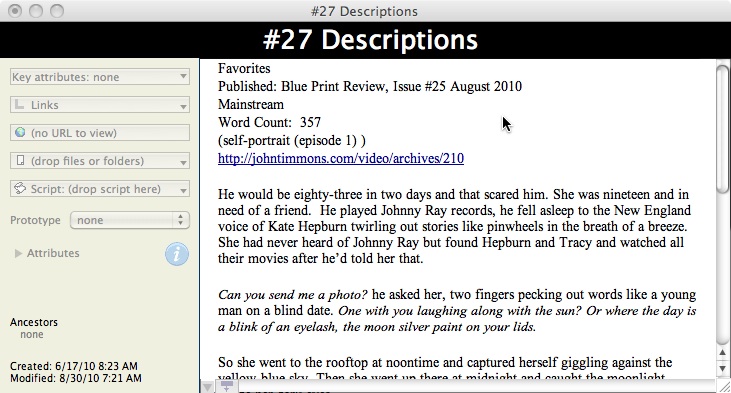
While this method of using agents may not work for all projects, it was fine for this one, where the additional data included in the box did not interfere with the information. I’ll need to go though at some point and learn the strings to put into the agent or probably more likely, how to code the individual space itself to be picked up by the Agent.
In the above image, you can see another of the selections I’ve made. I’ve marked the stories “Favorites” (if I liked ’em) to ensure that those will be the first to be submitted. There’s also a Submitted Agent, and a Published Agent to keep track of the comings and goings of the story submission process. This is where I’ll be focusing through the next couple of months.
The final Agent is one that I used as an example of drilling down for theme. In this case, I had the Agent search for stories that held the word “rain” because I knew there were a few and it was just a test. Publishers of magazines often have theme-based story lines that they are seeking, so this type of Agent will be a more precise segregation based on theme, or even a particular word.
While I haven’t completely edited all the stories, nor have I marked them all for most logical genre(s), I think that as soon as that effort is done, Tinderbox will make the rest of the submission process streamlined and simple.





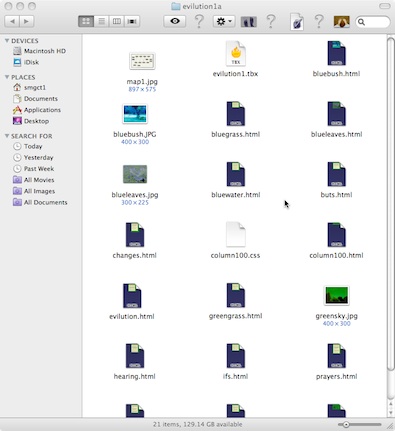
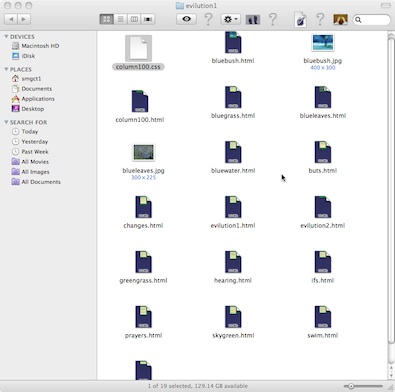
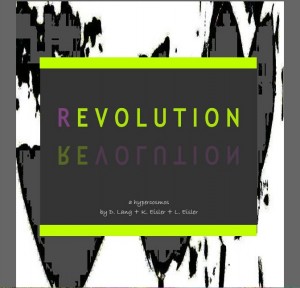



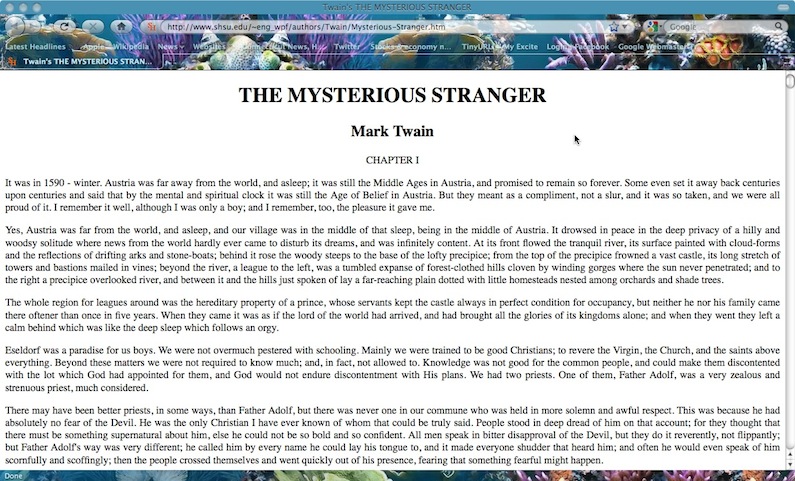
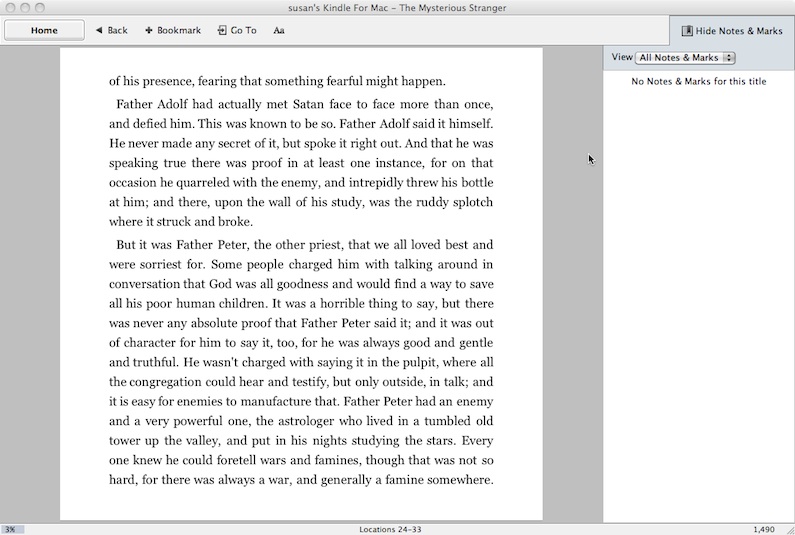
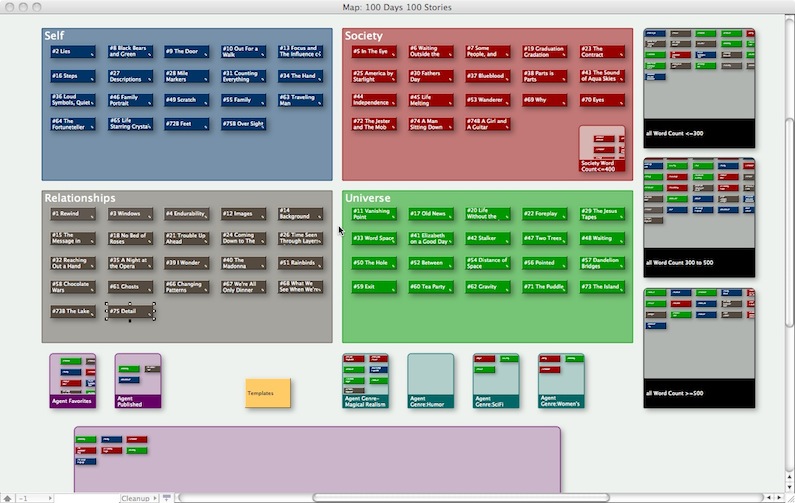
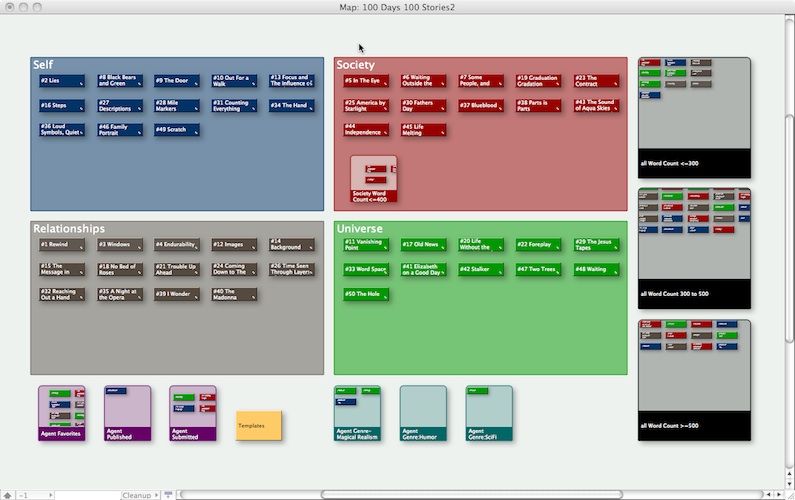
 The Lost Children: A Charity Anthology
The Lost Children: A Charity Anthology